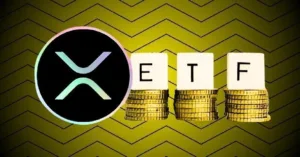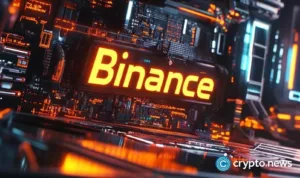Relay nodes help block-producing nodes communicate by guaranteeing that the authenticity of the core nodes and the blockchain is preserved, even if one or more relays are hacked.
What Are Relay Nodes?
Relay nodes are a type of node in the blockchain network that can reduce system noise by collecting protocol messages from participating nodes as well as other relay nodes that are connected to them. They perform duplication checks, validate signatures and other steps, and then transmit only valid messages. To reduce propagation time, relay nodes are frequently located near internet exchange points. They can be operated by anyone.
Relay nodes are commonly used in wireless networks in the domain of information technology. They can significantly boost the efficiency of a wireless network and can be deliberately arranged to split a long single-hop into shorter time (two) hops rather than performing a single long hop from one node to the other. Although the effectiveness of this technique varies depending on the technology, path loss models, and environment, it has been shown in some cases to be extremely effective at reducing path loss.
A relay node installs the same software as a non-relay node, but only necessitates a few additional configuration specifications to be set.
The fact that a relay node is effectively the same as any other node is one of the advantages of Algorand’s decentralized network implementation. Currently, the distinction is made by configuring a node to actively listen for connections from others and advertising itself via DNS SRV records. A relay for a personal network that does not require DNS entries can be set up. A node is a valid relay node if both of the following conditions are met:
- The node is set up to receive inbound traffic on a port that is open to the public.
- Algorand’s SRV records for a given network contain the node’s public IP address and assigned port.
Other nodes link to relay nodes. As a result, it must be capable of supporting a large number of connections while also handling the processing burden associated with all of the data traveling to and from these connections.




